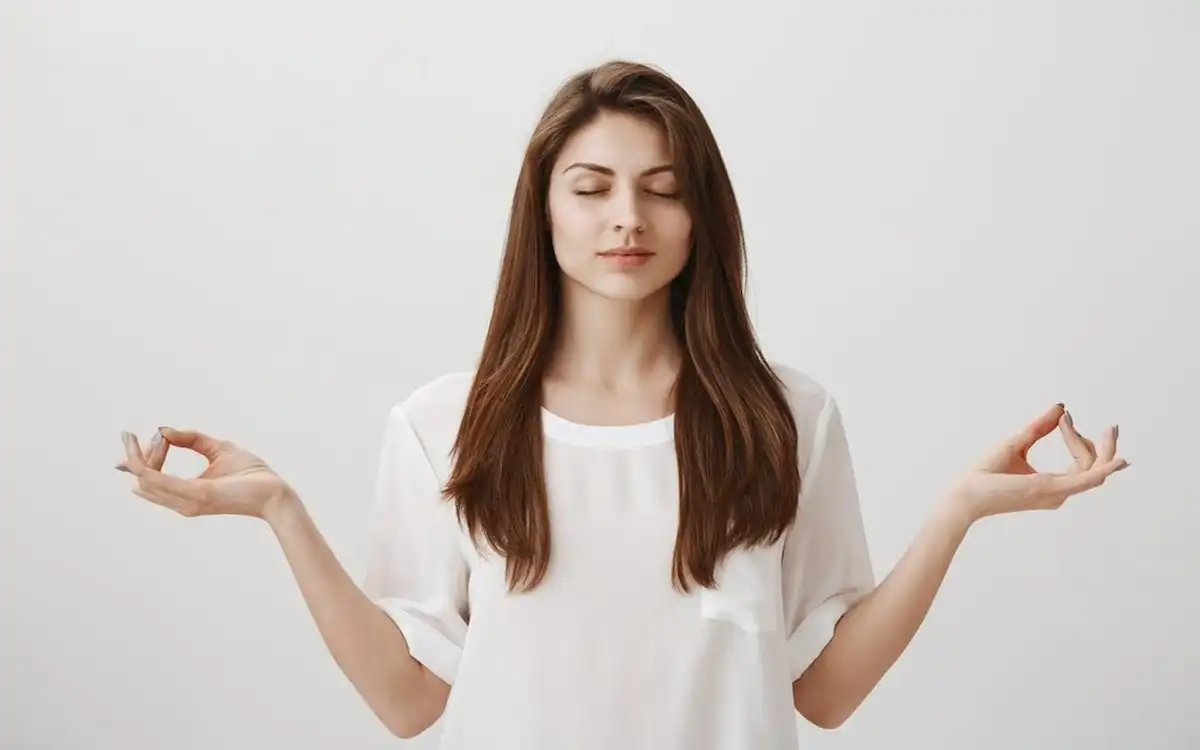In a world full of alerts duties and mental and physical noise that never ends, finding real stillness is a rare and valuable thing. When we’re under a lot of stress working too hard or constantly scrolling through screens our nervous systems are often working too hard. But learning to calm your mind and body isn’t just a way to feel calm, it is also a way to get back in balance, enhance your health and link with your inner self.
1. Practice Intentional Breathing
People often think of breathing as just a basic bodily function but it is actually a very important link between the mind and the body. Breathing is one of the few bodily functions that we can consciously control. This makes it a great way to calm the nervous system.
Understanding Breath Awareness
When we’re worried or stressed our breathing gets shallow and quick. These chemicals tell the brain that we’re in danger which keeps the body on high alert. This can be changed by intentionally breathing which activates the parasympathetic nervous system which is in charge of the body rest and digest response.
Technique: Try the 4-7-8 Method
Dr. Andrew Weil created the 4-7-8 breathing technique which is very easy to use but very effective
- Take four deep breaths in through your nose.
- Take seven deep breaths.
- For eight seconds slowly let out air through your mouth.
If you do this cycle four to six times your heart rate will slow down, your cortisol levels will drop and your anxiety will go down. Heart rate variability HRV is a key indicator of how strong your body and mind are. Studies have shown that slow controlled breathing can improve HRV.
How To Incorporate It
You don’t need to set aside a lot of time. Do some focused breathing for a few minutes before a stressful meeting on your way to work or right before bed. It becomes a normal way to deal with stress or mental noise over time.
2. Disconnect To Reconnect
We live in a time when our minds are always busy. Our attention is constantly being taken away by phones, emails , social media and news stories that come on all the time. This too much stimulation makes it hard to really rest your mind.
The Need For Digital Boundaries
A study published in 2023 in Nature Communications found that spending too much time in front of a screen was strongly linked to more anxiety, trouble sleeping and tiredness from paying attention. The brain wasn’t made to handle much information all the time. Setting clear limits on your tech use like not using screens in the morning or right before bed can help you find still moments again.
Creating Stillness
Being still doesn’t always mean being quiet or doing nothing. It means having time to just be without having to act. You could begin by
- Setting aside a daily quiet hour
- Making your home a tech free zone
- Turning off app notifications that aren’t needed right away
With these small changes there is more time to think, relax and reflect.
Simple Reconnection Rituals
To truly reconnect, do things that are good for you instead of digital noise. Writing in a journal for just 510 minutes a day can help you calm down and make sense of your feelings. Being outside even for short walks through the trees has been shown to lower activity in the brain default mode network which is linked to worrying and dwelling on problems. Being silent is not emptiness, it is presence.
3. Embody Stillness Through Movement
Moving with awareness is one of the best ways to calm down which may seem counterintuitive. In this case stillness doesn’t mean not doing anything, it means actively being present.
Why Movement Matters
Stress is stored in both the mind and the body. Stress that lasts for a long time makes muscles tight, breathing shallow and the sympathetic nervous system work too hard. Moving gently can help release tension and shift attention to how the body feels. Yoga tai chi and slow stretching are some of the best ways to get better. Being aware of your breath moving fluidly and focusing on the present moment are all parts of these practices.
Research Highlights
A 2020 meta analysis published in Psychosomatic Medicine found that people who did yoga regularly had much lower levels of anxiety and depression. Tai chi has been shown to help people especially older adults improve their balance, sleep quality and brain function. These types of healing don’t share intensity but they do share intention.
Begin With Simplicity
You don’t have to join a studio or stick to a strict schedule. Start by slowly stretching for 10 minutes every day or watch a short yoga video that is easy for beginners. As you move, turn your attention inward and pay attention to the feel of your breath, your joints and your body rhythm. You can think about that as a form of meditation.
Conclusion
In a culture that values being busy and always getting things done, learning to calm your body and mind is both a return and a rebellion. This is a return to your natural rhythms, your inner peace and your sense of being rooted. The three tips mindful movement, intentional breathing and disconnecting from technology are simple and quick but they can change your life. Being still is not the same as not having life; it is the place where life is truly felt. Give them a try. Not all at once and not all the time. Just slowly, steadily and with interest. You might find the deepest parts of yourself again in the quiet.


